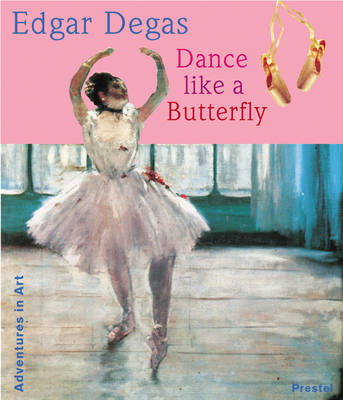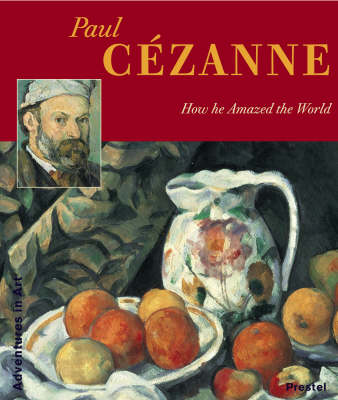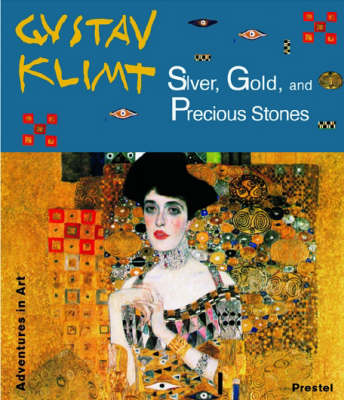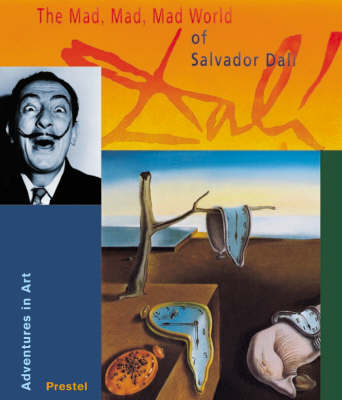Adventures in Art
5 total works
Edgar Degas (1834 - 1917) first became interested in ballet in the 1860s and spent years studying the movements of ballerinas. Some of his most famous paintings and sketches are reproduced here for children and aspiring dancers. Angela Wenzel is also the author of "Gustav Klimt: Silver, Gold and Precious Stones" and "Rene Magritte: Now You See It - Now You Don't".
Like artist's everywhere, Paul Cezanne painted what was familiar to him: his family, his surroundings, the objects in and around his home. He delighted in the most basic elements of colour, size, and shape. This captivating look at the artist's life uses Cezanne's numerous paintings of his studio to explore his methods and technique, and his portraits of his family and friends to reveal Cezanne's personal history. It also points out details from his greatest masterpieces, encouraging young readers to investigate for themselves just as Cezanne explored the brilliance of the French countryside - its light and hues, textures and shadows - in a way no other artist ever has.
Characterized by spirals of color, small and large triangles, golden dots and floral shapes, the work of Gustav Klimt (1862-1918) is bursting with rich and fascinating ornamentation, and a feeling of opulence and passion.
In his art Magritte depicts everyday objects from a new perspective; nothing he creates turns out quite the way we expect. A stone floats weightlessly in the air, a landscape dissolves into fragments, a seagull wears a dress made of summer clouds and a locomotive steams out of a firepalce. This book introduces children to Magritte's crazy, topsy-turvy world full of riddles and secrets and to the concept of seeing everyday things differently.
This book presents the strange, humorous and wildly inventive paintings of Salvador Dali. The author helps children unlock the mysteries of Dali's artwork by explaining his use of detail, colour and illusion. Each double page spread in this book explores a single work to illustrate the ideas and influences that shaped Dali's work. The author introduces themes such as dream imagery, landscape painting, portraiture and satire. Throughout the book, the artist's sense of playfulness and mystery shine through, revealing to children the wondrous qualities of art.




